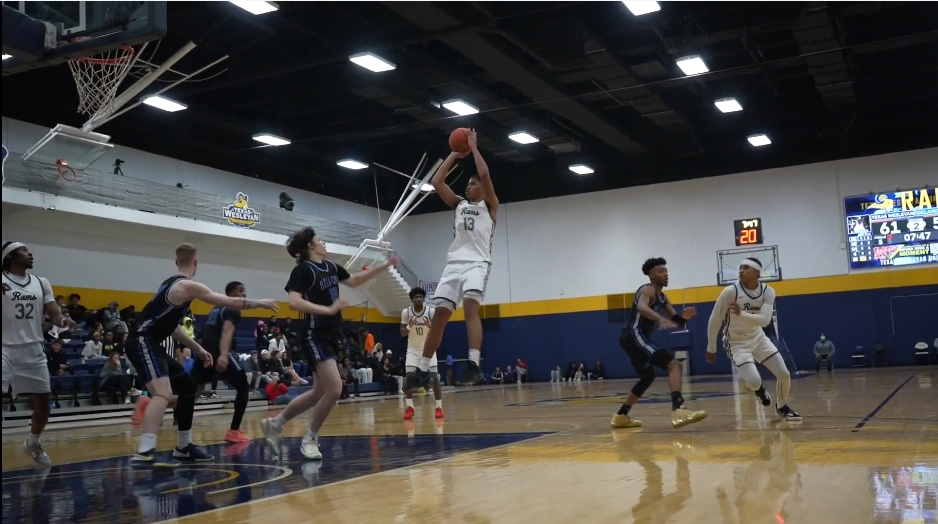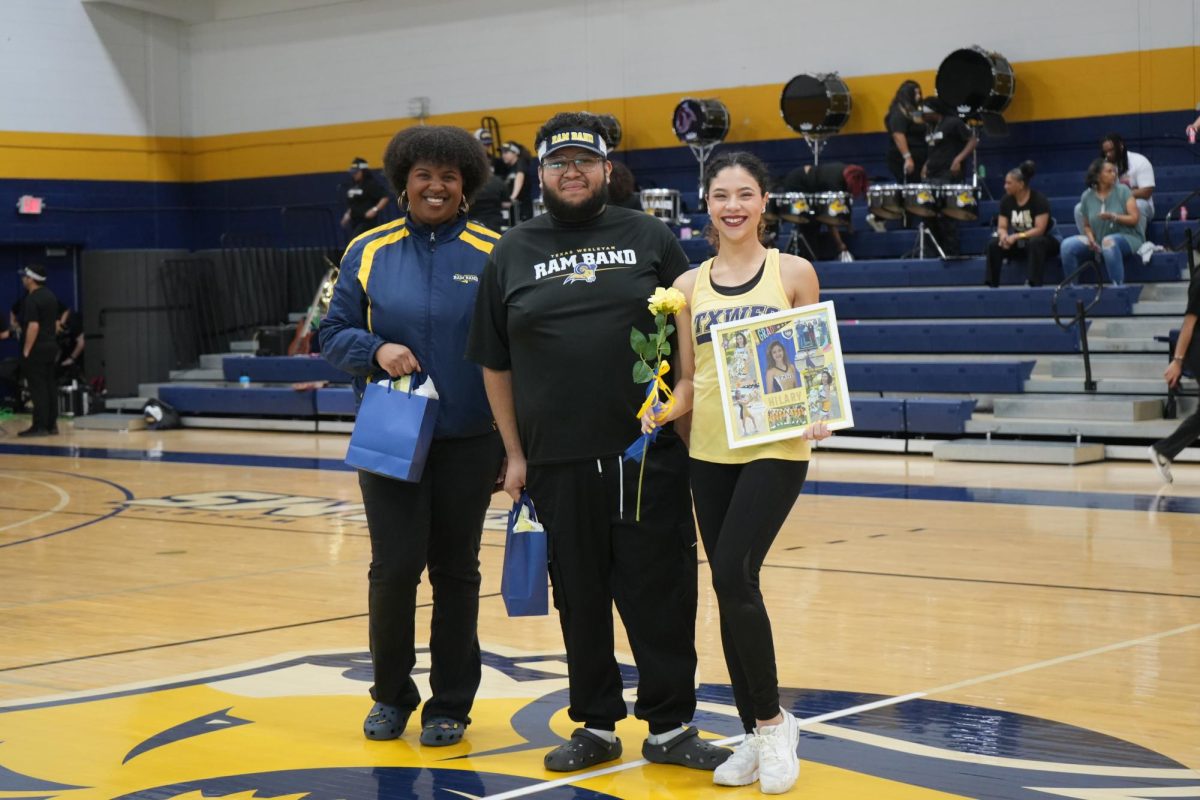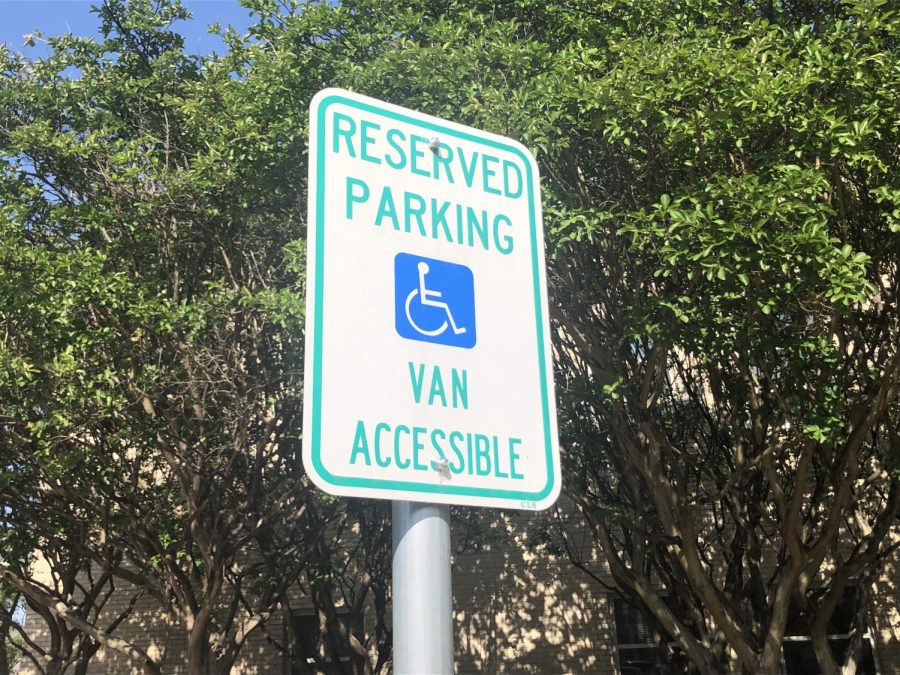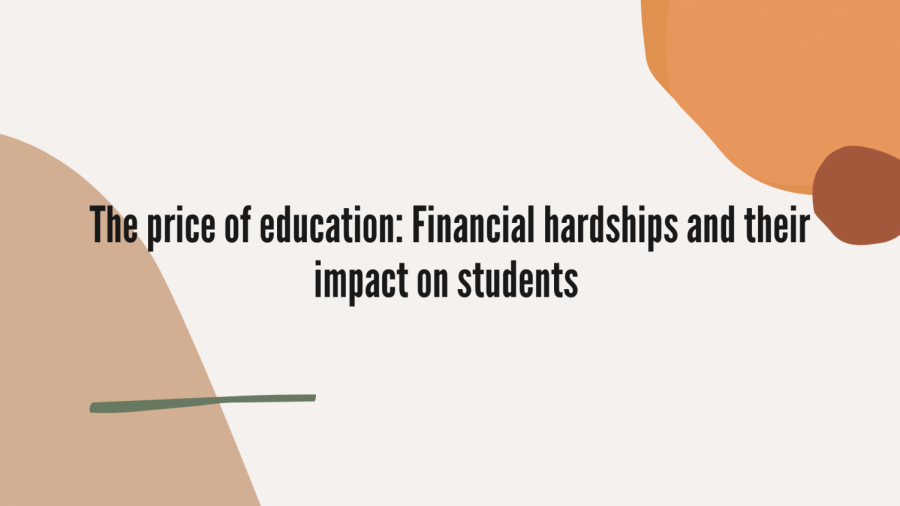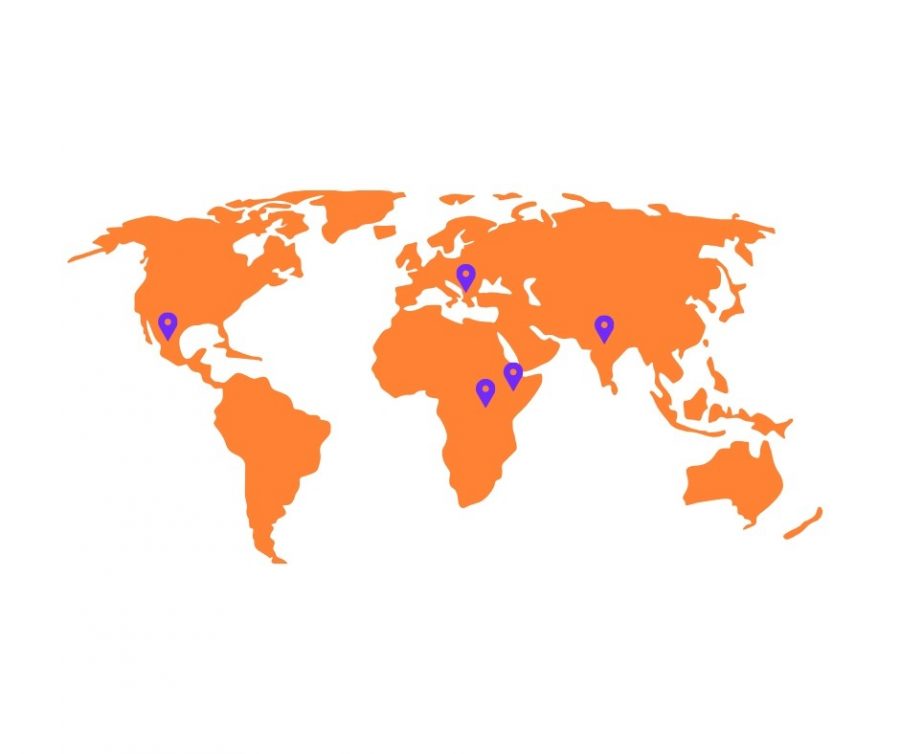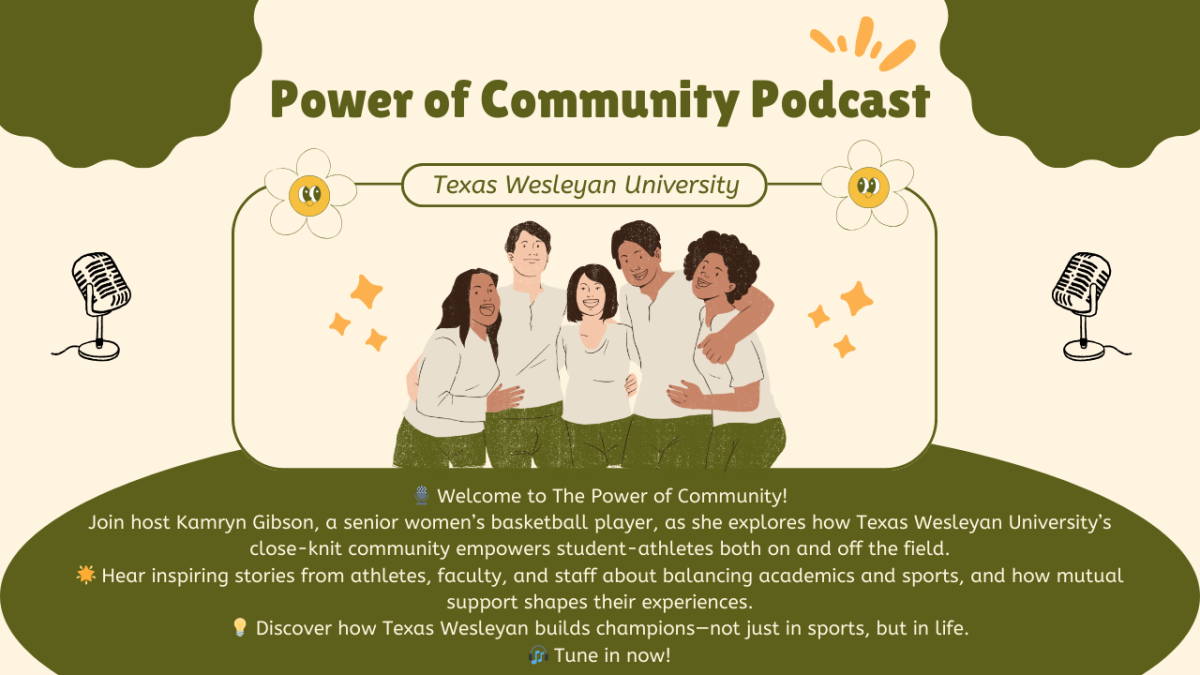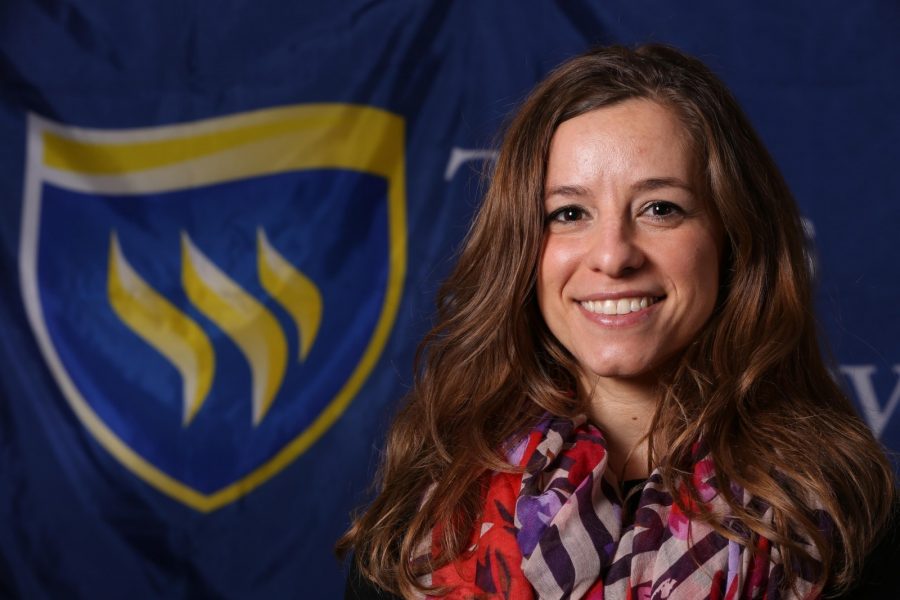Texas Wesleyan’s Graduate Programs of Nurse Anesthesia are diving into digital marketing, and Shannon Lamberson is leading the way.
Lamberson, who joined Wesleyan’s marketing and communications team in February, is developing a digital advertising campaign for GPNA to help draw students from around the country.
“Digital advertising is a growing medium,” said Lamberson, who graduated from Texas Tech University with a degree in advertising and photo-communication and spent the last five years at Cash America in Fort Worth as a senior marketing specialist. “I am building a digital advertising campaign here at Wesleyan with some traditional print advertising.”
Debra Maloy, GPNA director, said that there are currently 115 nurse anesthesia programs in the United States.
“What’s happened in the U.S. is kind of a perfect storm of needing more recruiting for nurse anesthesia,” Maloy said. “Word of mouth is just not enough anymore to let students know about Texas Wesleyan.”
The answer is more online recruiting, Maloy said.
“Marketing has done an excellent job for undergraduate education, and you can hear about Wesleyan everywhere,” Maloy said. “We needed marketing to bring their great expertise to Nurse Anesthesia.”
Terri Kane, assistant GPNA professor, said that there have been a lot of challenges over the last few years in recruiting students.
“Most graduates, especially students for GPNA, live all over the U.S,” Kane said. “So they use the Internet almost exclusively to find out about our program to apply, and to enroll.”
Kane says that since Wesleyan’s GPNA program is one of the largest in the country, marketing it should be more pronounced than at any of the other programs.
“Shannon’s experience with Internet and building websites marketing is absolutely crucial of growth in continue success,” Kane said.
Lamberson is in the research phase of the campaign, which is the first step in marketing research, and is in the process of learning who the perspective GPNA student is.
She said that she is currently doing research on student demographics, how students want to communicate with the program, and what barriers there might be to applying to the program, among other topics.
Meeting with current GPNA students helps her research as well.
“As I’m meeting with the GPNA group I am finding out more about the students,” she said. “I’ll do student surveys and sit and talk with the students and find out how they found out about their program.”
Finding answers to these questions, and Lamberson’s research and marketing in general, are vital to growing GPNA, Kane said.
“We need her marketing and website design to attract the young graduate school-minded professionals of today,” Kane said. “No longer are we sending out snail mail. The ability to catch the attention of Internet-savvy young people is really important. Most of us our nurses how to market what we do best is what Shannon does best.”
One of the first things Lamberson did after she came to Wesleyan was work on streamlining the application process which, according to Kane, crashed for two weeks in the fall of 2014, meaning that nobody could apply to the program.
“As soon as Shannon got here, we hit the ground running to get the application process streamlined,” Kane said. “If the application doesn’t work then they go on to one of the other 114 programs in the country.
“Shannon has added some questions that give us some good statistics and has taken some questions that were confusing and is working closely with our admission coordinator.”
Lamberson said that she is proud to be part of such a meaningful program.
“The GPNA faculty and staff are incredibly engaged with their students and work hard to make sure they succeed,” she said.

![Richard Amaefule is expected to be a key player as the Rams look to the NAIA National Tournament. [File photo]](https://therambler.org/wp-content/uploads/2023/11/MBB-PHOTO-3-e1699486911838-1200x963.jpg)
![Ram's Tank—a business pitch competition put on by the Entrepreneurship club—participants pose with University President Dr. Emily Messer. [File photo]](https://therambler.org/wp-content/uploads/2025/03/Photo-3-1200x800.jpg)
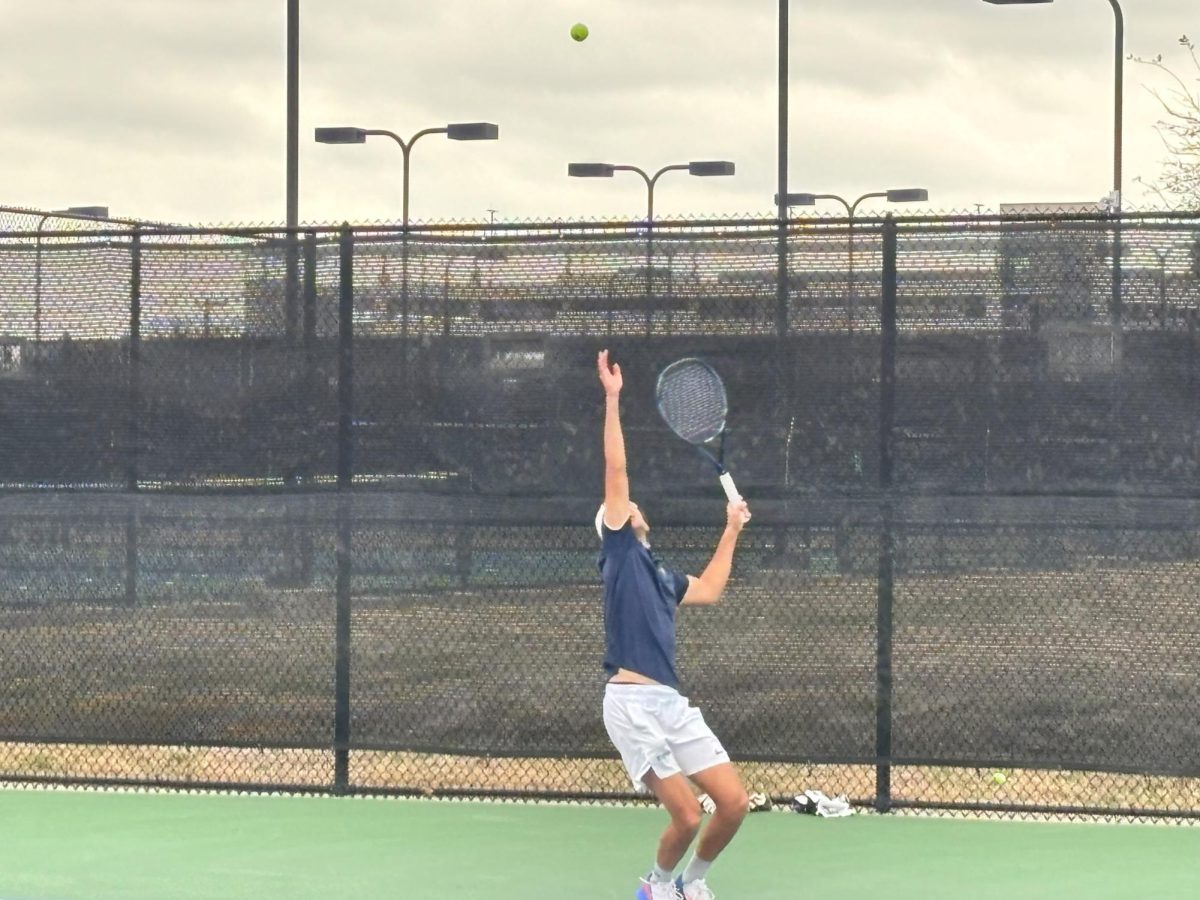
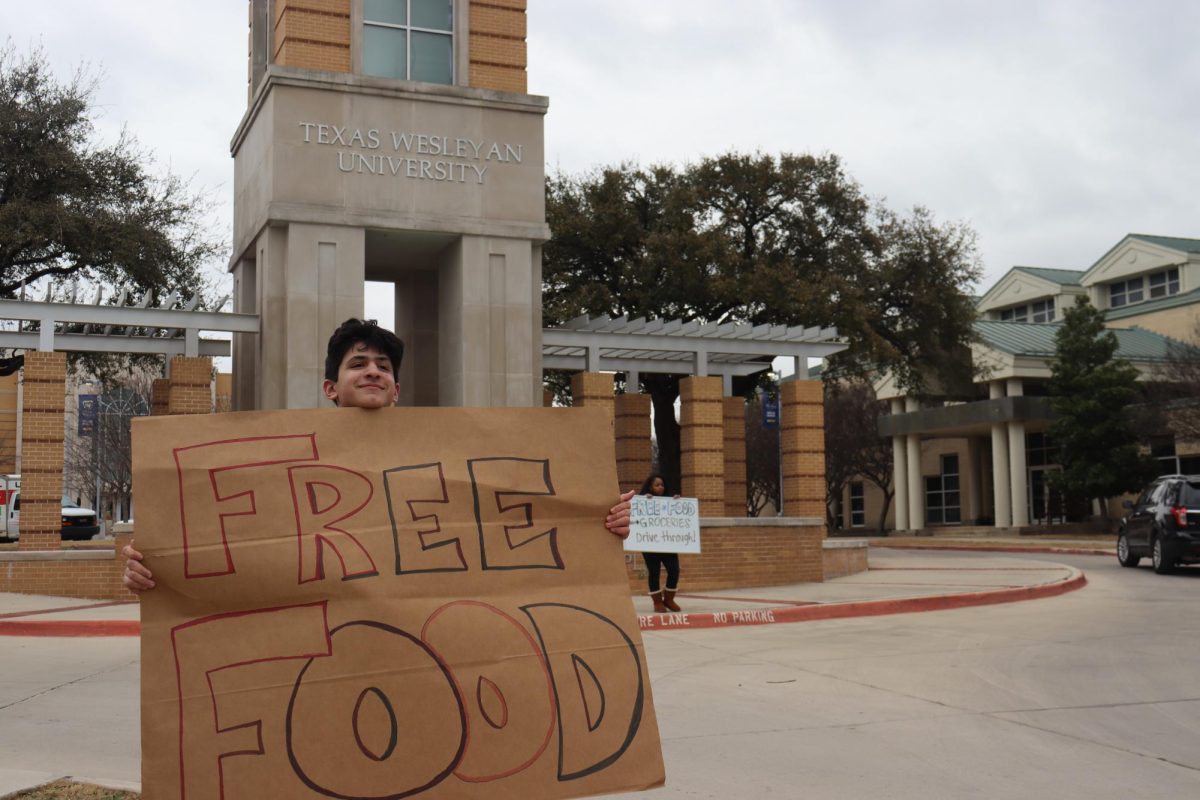
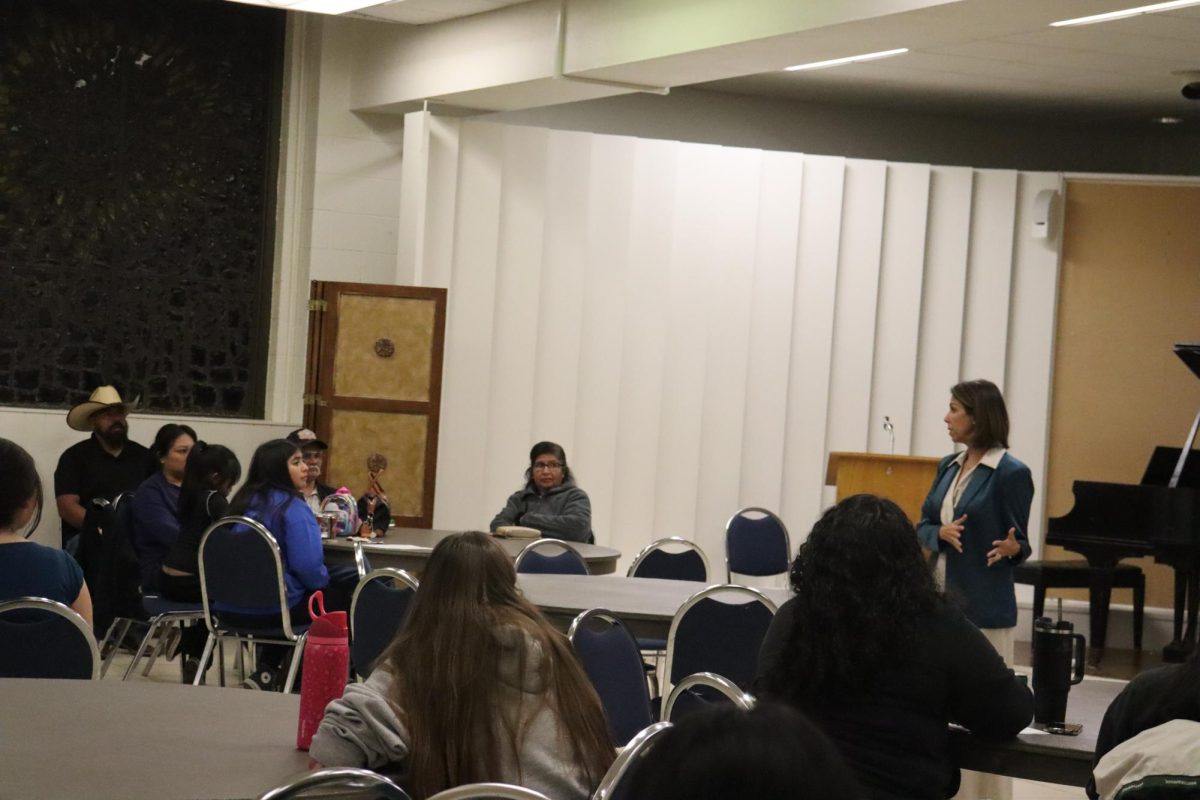
![Harriet and Warren, played by Trinity Chenault and Trent Cole, embrace in a hug [Photo courtesy Lauren Hunt]](https://therambler.org/wp-content/uploads/2025/02/lettersfromthelibrary_01-1200x800.jpg)

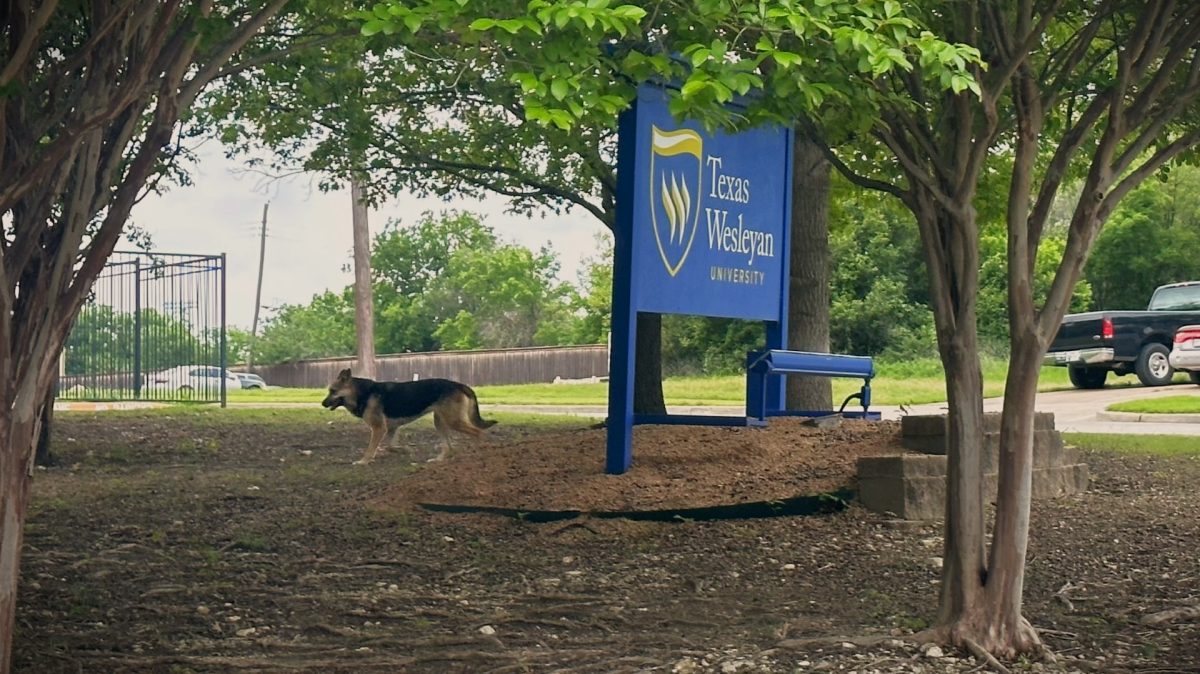


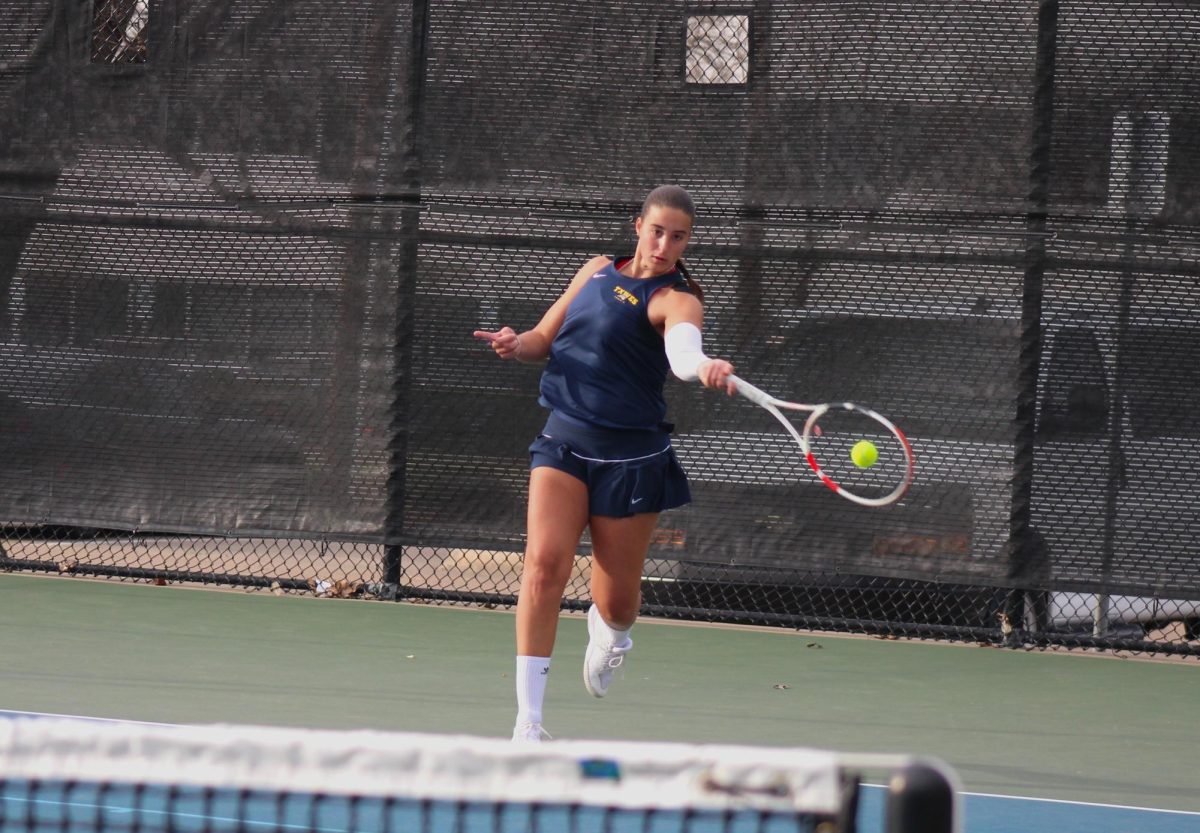
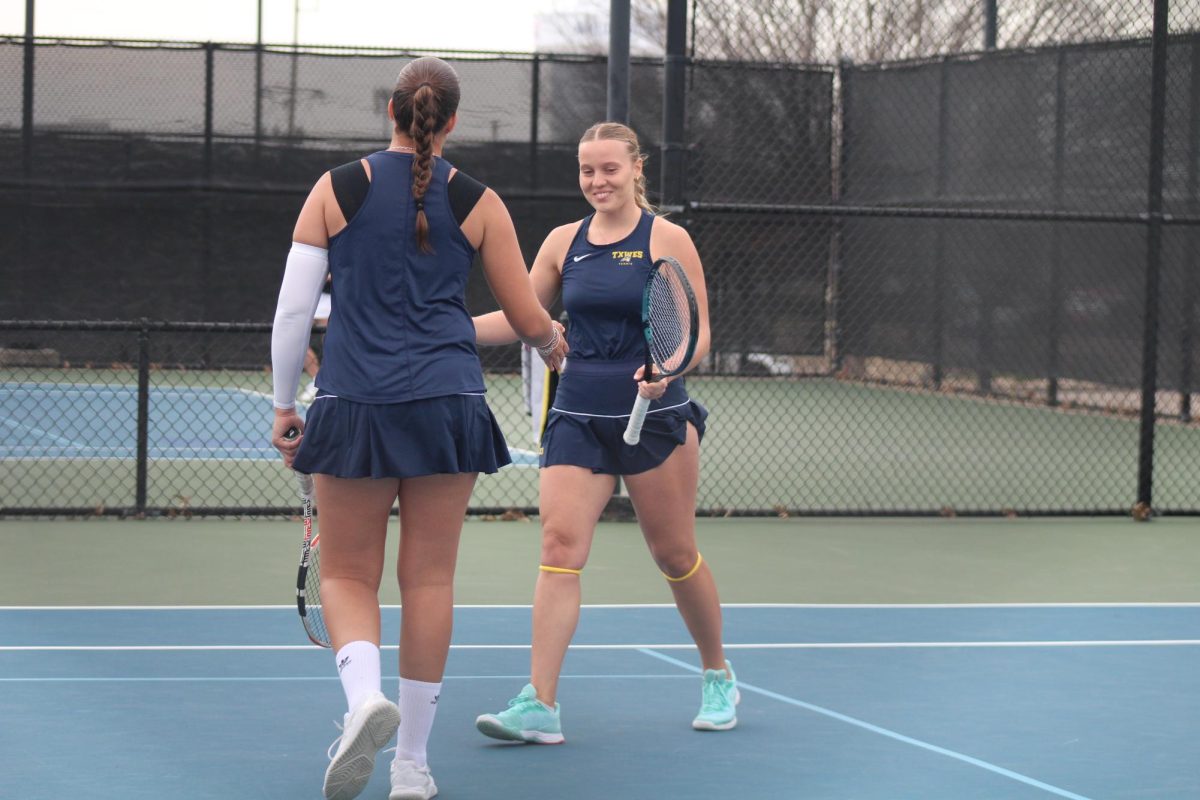
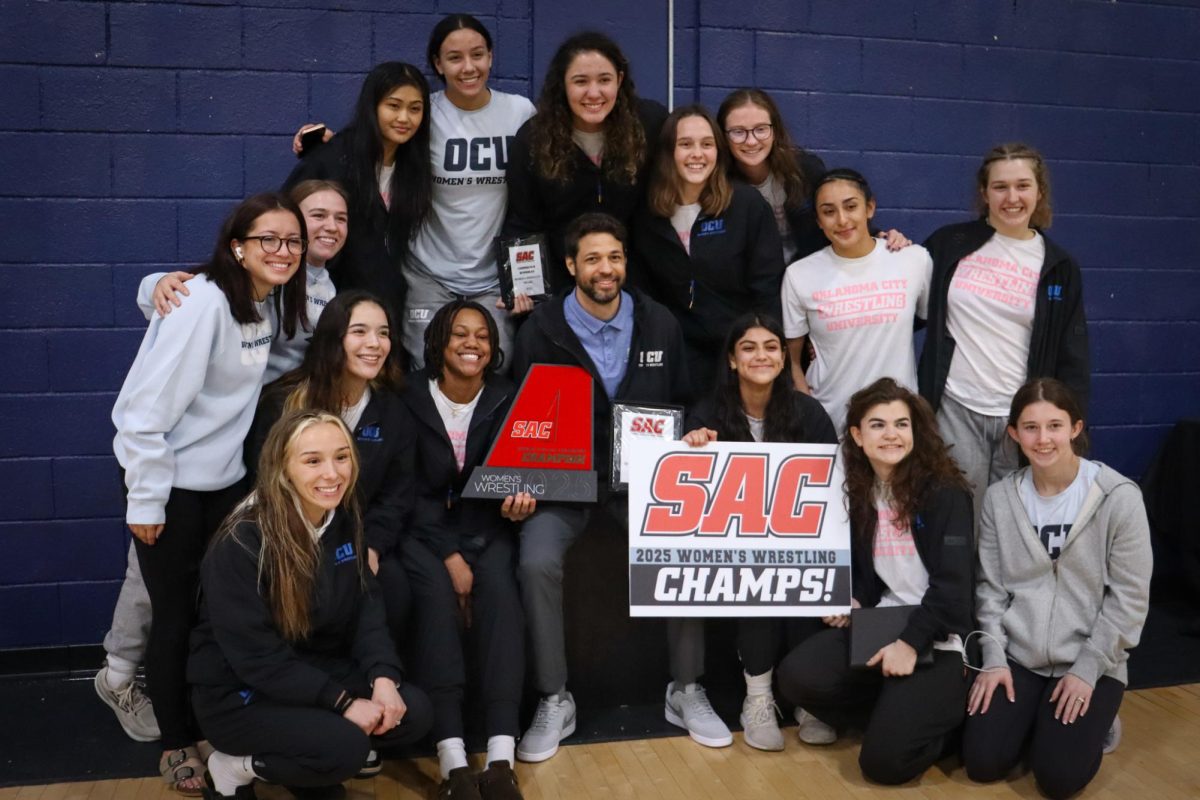

![[Flyer courtesy Susan Eliason]](https://therambler.org/wp-content/uploads/2025/03/Aries-Flyer-by-Susan-Eliason-927x1200.jpg)
![Trinity Chenault, the play's lead, reads through her script during a rehearsal for "Letters from the Library". The production explores untold stories through the power of letters. [Photo courtesy Lauren Hunt]](https://therambler.org/wp-content/uploads/2025/02/Photo-1-1200x800.jpg)
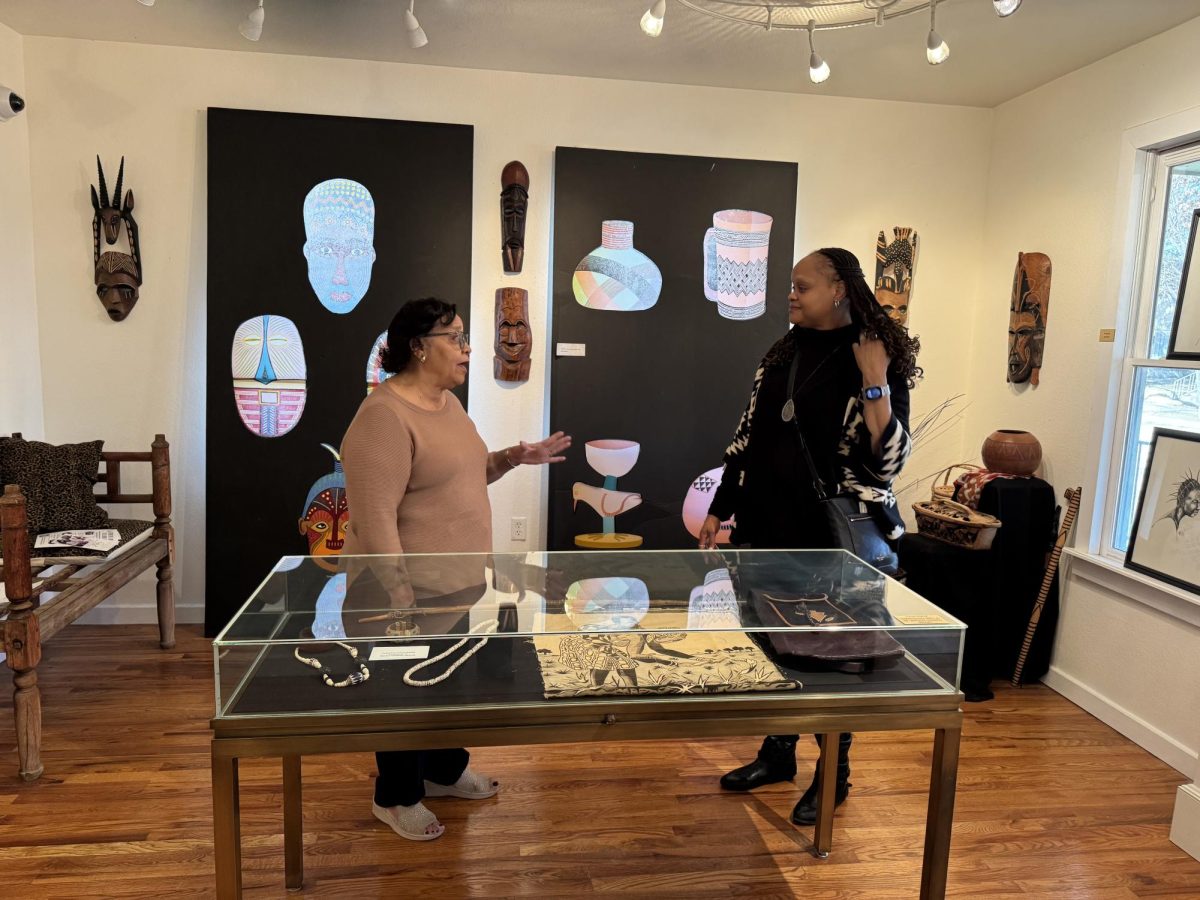

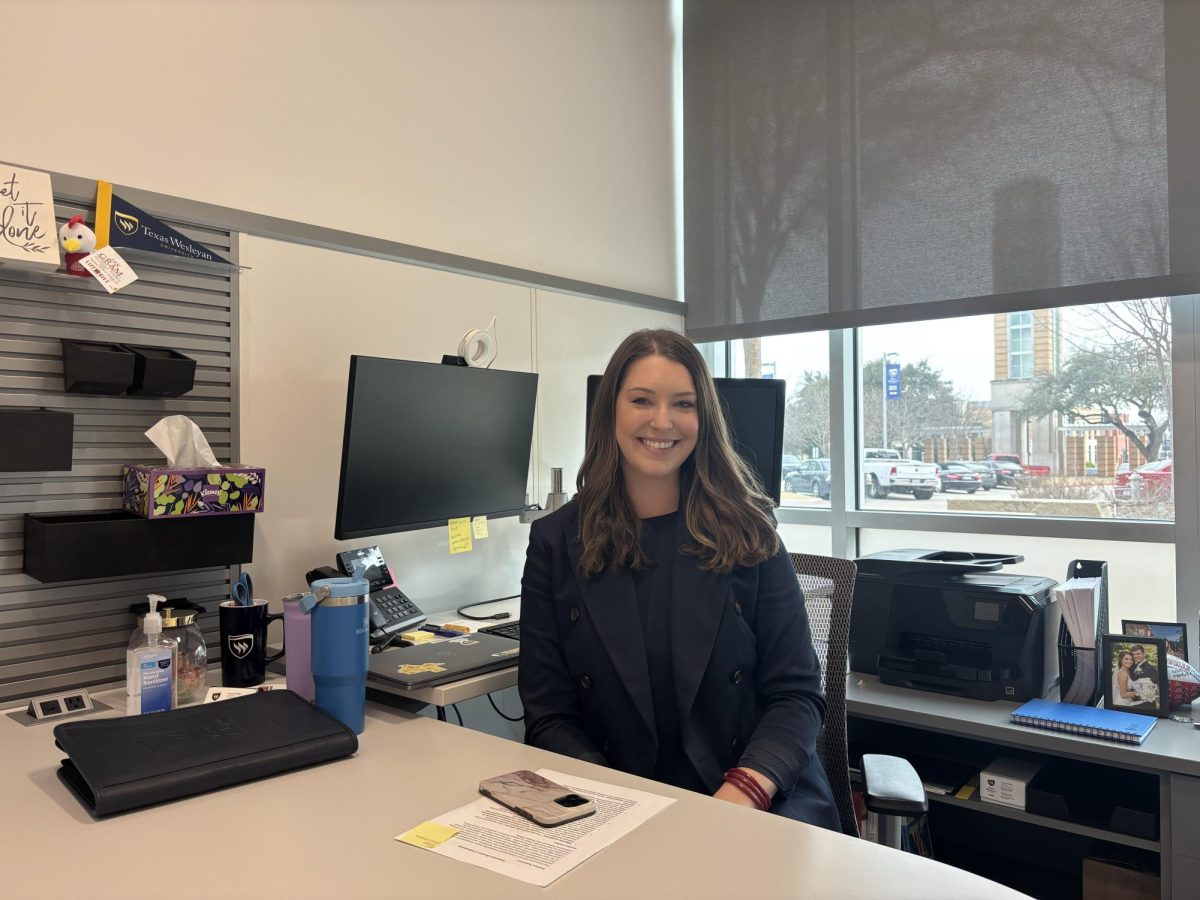
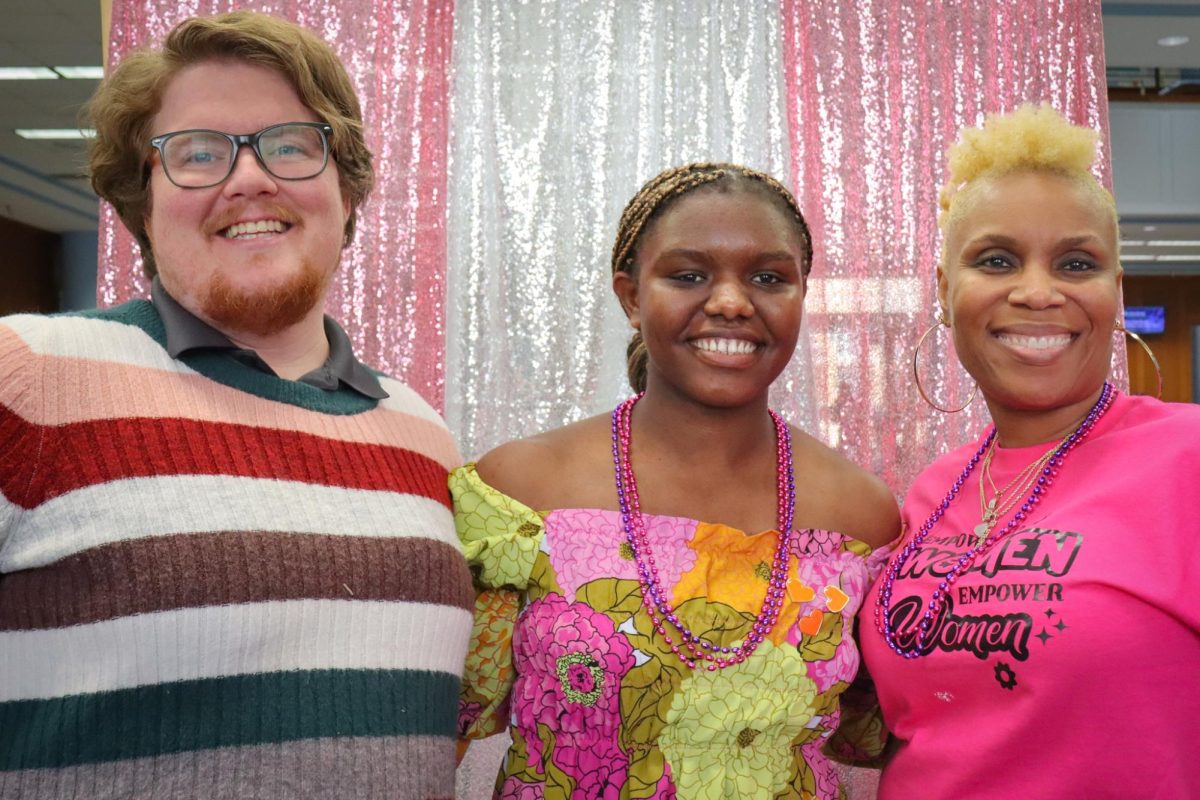
![Lady Rams softball sweep Langston Lions in first SAC Doubleheader [2 – 0]](https://therambler.org/wp-content/uploads/2025/02/SoftballLions.png)
